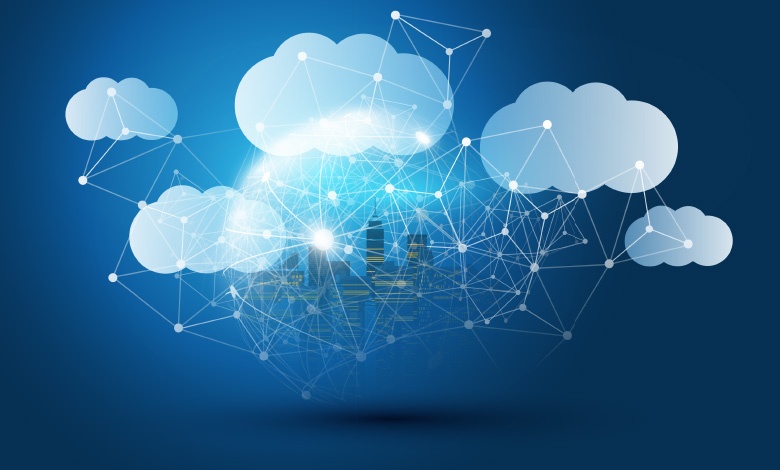If you’ve been doing any research into the cloud, you’re probably aware of some of the security myths—like the cloud is more prone to breaches than on-premises data centers. Also, there is a perception that with cloud, things are outside your control, so you cannot meet compliance requirements, and anyone can access your data. The truth is that public cloud can be more secure than your own data center. Think about it: Top cloud providers like Microsoft Azure, Amazon (AWS), and Google (GCP) need to make their data centers as secure and reliable as possible because they host workloads for hundreds of thousands of customers. However, there is one thing to keep in mind—securing your resources in the public cloud is always a shared responsibility.
The security tasks can vary depending on the model you choose to host the workloads. For example, in your traditional data center, you have the full responsibility of ensuring that you are applying the proper security controls and physical access to the data center. However, in the cloud, that will change when choosing to host workload in IaaS, PaaS, and SaaS. It is crucial to remember that, regardless of the type of cloud model you choose to deploy, your workloads, data, endpoints, accounts, and access management always will be your responsibility.
How to Secure Your Piece of the Public Cloud
Cloud providers have tools to help you ensure you have adequately set up security in your cloud environment. Still, you need to know how to use those to avoid misconfiguration, which is considered one of the top problems related to security. Also, policies and security benchmarks may help you build the guardrails to prevent misconfiguration and keep the governance and compliance rules required by your business.
In most cases, traditional on-premises data centers rely on a perimeter-based security approach, which means that once someone is inside of the security perimeter, they could have access to everything in your local network. Instead of relying on the perimeter-based security approach, cloud providers operate under the zero-trust model, bringing security to the users, data, applications, APIs, devices, networks—wherever they are—instead of forcing them onto a single “secure” network.
When you decide to keep your data in the public cloud, you can choose the country and region in which you want to store and keep the data. Azure, AWS, and GCP have data centers spread around the world that can help you to be in compliance with privacy standard laws and regulations, such as GDPR, HIPAA, and ISO/IEC 27018. Additionally, replicating and storing the data in different data centers or regions will contribute to your organization’s business continuity and disaster recovery strategy. The cloud itself also has built-in resources to avoid breaches and data exfiltration, as well as to provide secure access, encryption, and DLP.
Trust No One—Always Verify Identity
Finally, I can’t forget to talk about Identity, a core subject in security. By having your user identity verified and validated, you can access data, applications, control devices, etc. Adopting the least privileged access helps to avoid a lot of security concerns related to identity. Additionally, the cloud has some advantages by relying on technologies such as machine learning and automation to identify, investigate, and remediate issues.
As you saw, the traditional data center will require more responsibility, resources, and investment. In addition, it could be cumbersome to implement and manage the necessary level of security to avoid problems such as vulnerabilities, data breaches, hacker attacks, and so on. Besides that, it is almost impossible to keep up with the innovation and speed brought by cloud, which certainly will contribute to the agility, mobility, and security required in the digital transformation journey.
Don’t Manage a Crisis Alone
Finally, during a security crisis, you will need to focus your efforts on finding the problem and solving it. In this case, the MTTR (Mean Time to Respond/Remediate) really matters when you need to reestablish reliable and secure access to services and devices. If you’re getting flooded with alerts at 1:00 a.m., you most likely won’t have your entire team available to help remediate the issues. To help you keep your business secure and avoid disruptions, Connection can provide support 24x7x365. Our highly specialized and certified team will proactively monitor your environment, take action as necessary, and provide guidance to guarantee your peace of mind. Whether your organization is operating as 100% cloud, hybrid, or multi-cloud, we can help you.


